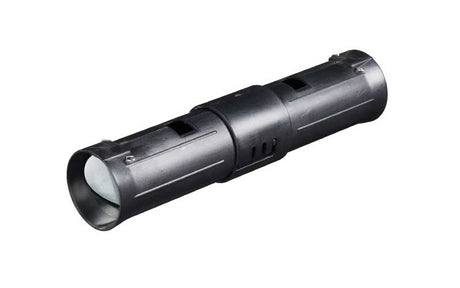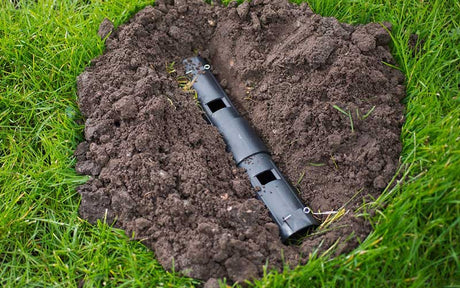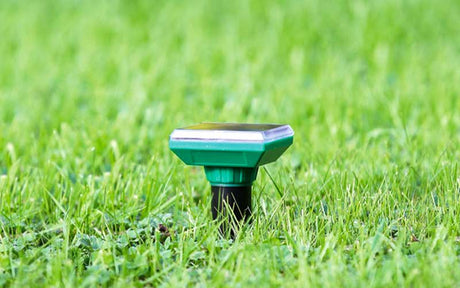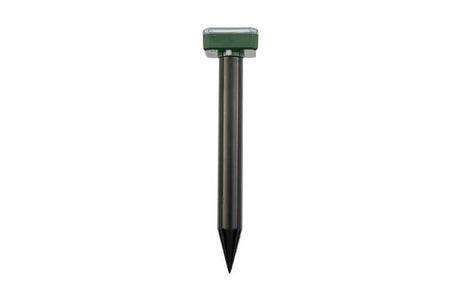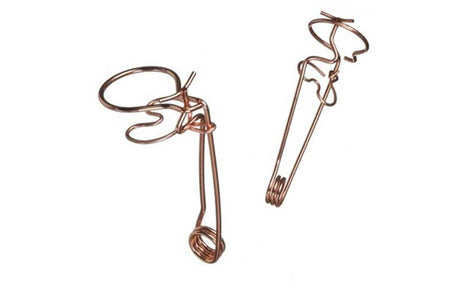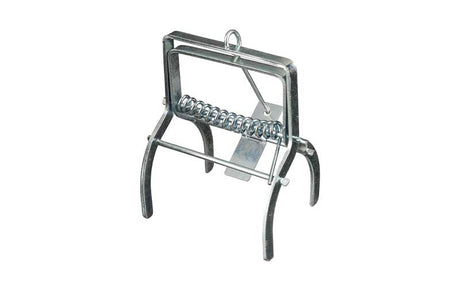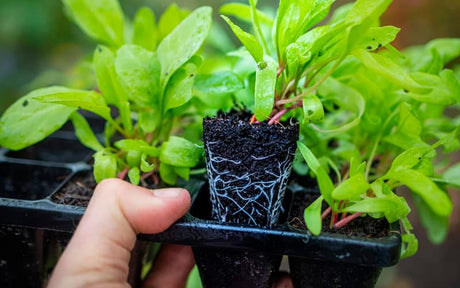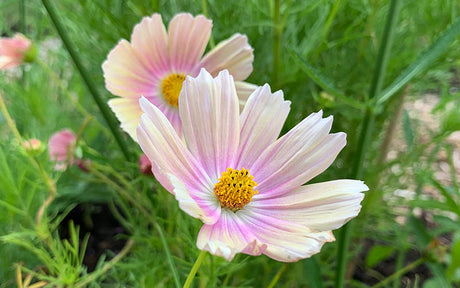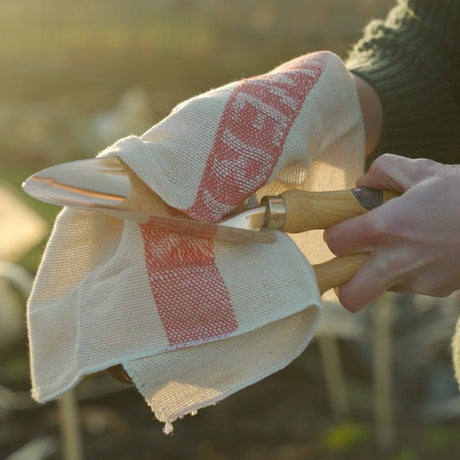Managing moles and voles can be challenging, but with the right tools and knowledge, it can be done effectively and humanely. Our selection of traps and sonar devices offers non-lethal options to control these burrowing pests without harming them. Learn how to set up traps correctly, use sonar devices, and when it might be necessary to call in professionals to protect your garden’s health and beauty.
Mole and vole trap - Animal friendly - Catch moles and voles alive
9,95Unit price /UnavailableMole and Vole repeller - Animal friendly Sonar device - 150m2
19,95Unit price /UnavailableVole traps - Long Lasting copper wire - Set of 2
7,95Unit price /UnavailableMole trap - Catch moles and voles underground
9,95Unit price /Unavailable
Solutions for Controlling Moles and Voles in Your Garden
Effective Trapping Techniques
Setting up a trap for moles and voles is a straightforward process, but it requires precision to be humane and effective. Here’s how to do it right:
- Identify Active Tunnels: First, locate active mole tunnels or vole runways. Look for fresh mounding in the soil or visible surface trails.
- Setting the Trap: For our humane trap, carefully place it directly into the tunnel. Make sure it fits snugly without damaging the tunnel structure, which can alert the mole or vole.
- Check Regularly: Traps should be checked frequently to ensure that any captured animal can be released promptly in a suitable environment far from your garden.
How Sonar Devices Work
Sonar devices are a non-invasive way to keep moles and voles at bay. These devices emit low-frequency sound waves that are uncomfortable to moles and voles but are not harmful. The noise disrupts their normal activity and encourages them to move away from the sound source. Our solar-powered models are environmentally friendly, harnessing the sun's power to protect your garden day and night.
The Benefits of Humane Control
Maintaining your garden by keeping the grass short and removing unnecessary debris reduces hiding spots for slugs and snails, making your garden less inviting. Watering your plants in the morning rather than in the evening will help keep the topsoil dry and less attractive to these moisture-loving pests.
Physical Barriers
We prefer humane methods for pest control, as these are sustainable and safe for both the animals and your garden. Animal-friendly traps and sonar devices ensure that you can manage mole and vole populations without resorting to harmful poisons or lethal methods, aligning with eco-friendly gardening practices.
Using Eco-Friendly Products
For direct control, our eco-friendly options include slug and snail traps and anti-slug pellets. These methods safely reduce slug and snail populations without harmful chemicals, protecting your garden's ecosystem. Learn more about setting up effective barriers and traps in our detailed guide: [When to Combat Slugs and Snails](/blogs/sowing-and-growing/when-to-combat-slugs).
Detecting Mole and Vole Presence
Understanding how to spot a mole corridor can help you effectively place your traps and sonar devices. Moles typically create raised ridges on the surface as they tunnel, while voles create narrow paths through grass and low vegetation. Observing these signs early can help you target the specific areas where control measures are most needed.
When to Seek Professional Help
If mole or vole activity becomes excessive, causing widespread damage to your garden or landscape, it might be time to consult a professional. Professionals can offer more comprehensive solutions and are particularly useful in severe infestations where standard home methods are not sufficient.


